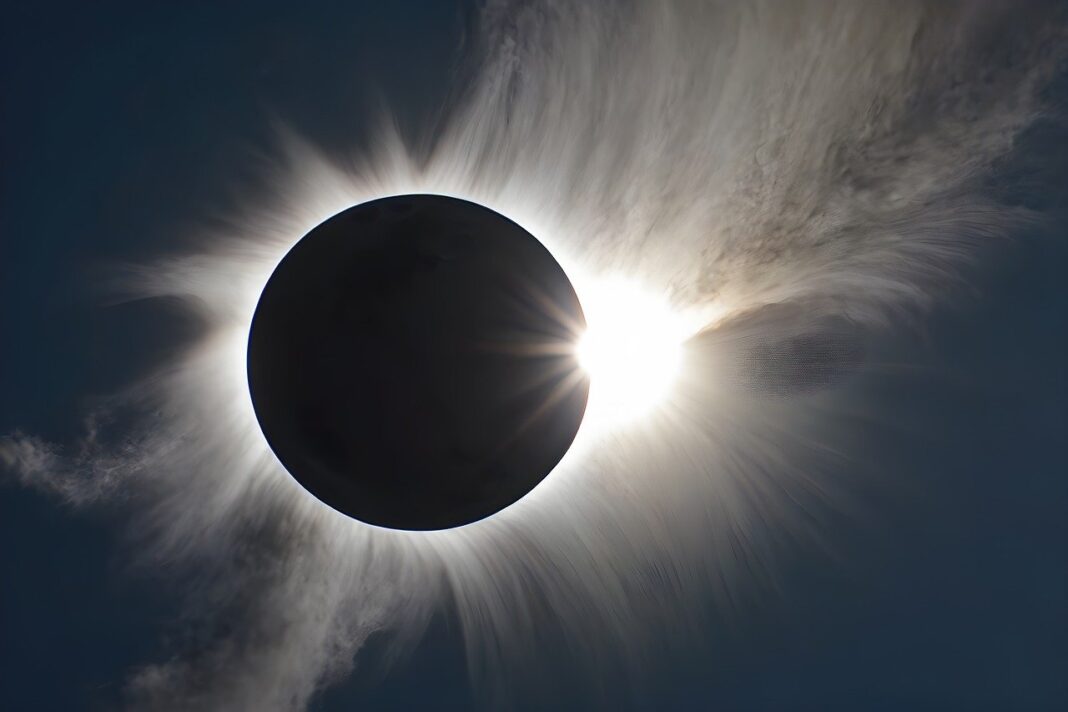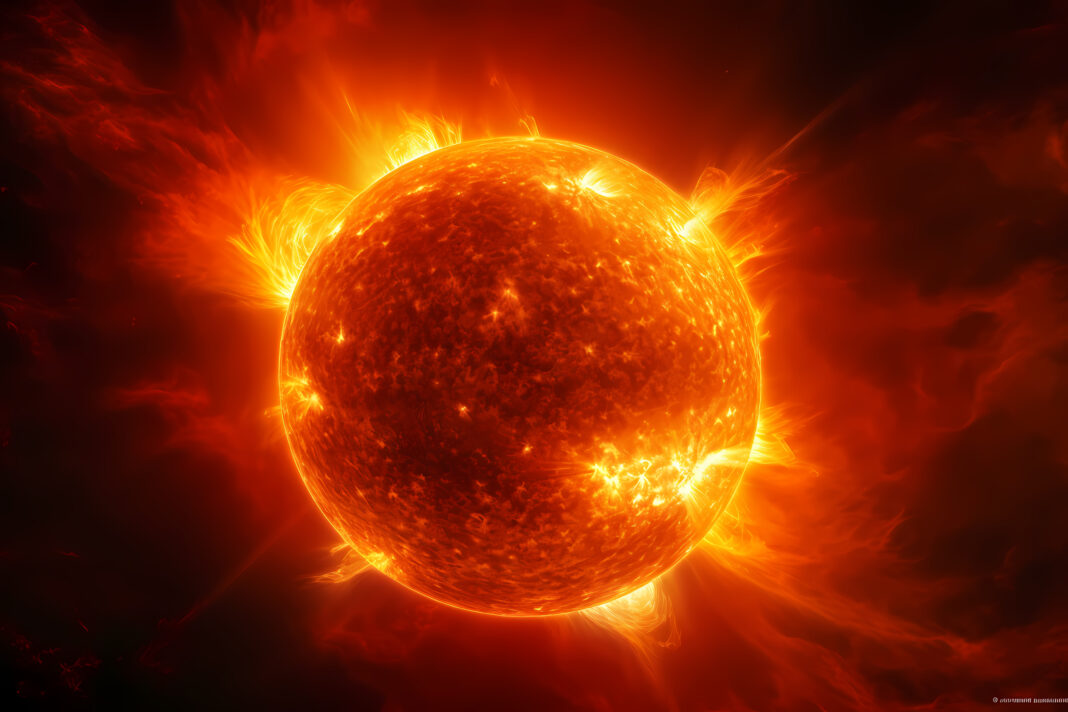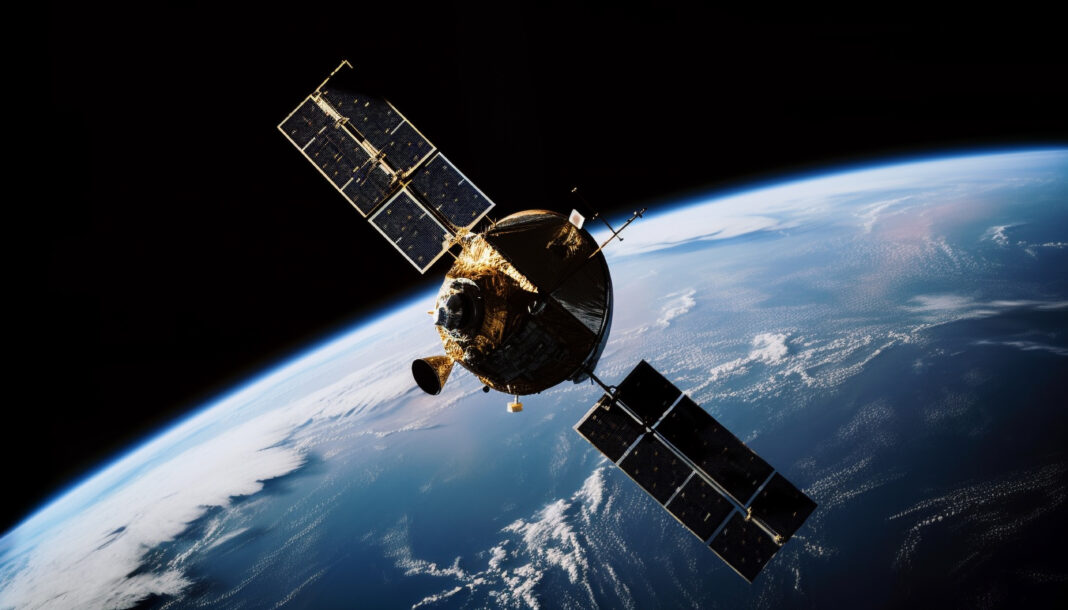Human beings have always been captivated by the moon and the sun, which appear so distant in the sky as shining objects that are almost beyond our reach.
However, even though they look very far away, we understand that these two heavenly bodies affect us greatly; the moon causes tides while the sun gives off light and heat that allow plants to grow and humans stay alive too.
Nevertheless, irrespective of the cultural difference, people have always wanted to know one thing– how is the size of the moon compared to that of the sun? This post explores and discusses this inquisitive query by examining various perspectives concerning the magnitude of such incredible heavenly bodies like moons.
How is Size Measured in Space?
To begin with, we will discuss the factors that decide how big an object is. Size refers to the real or actual physical diameter of any object. Our moon and sun are very large and they have greater sizes than the Earth or other planets in our solar system.
Thus, what is the criterion for measuring their sizes? Scientists measure the size of an object by using Astronomical Units (AU). This is the distance from the earth to the sun which is about 149. 6 million kilometers.
In most cases, the sizes of celestial objects are given in AU because this helps one get a better idea about how big or small one object is compared to another when seen in space.
Measuring the Sun and the Moon
Having discussed the unit used to measure sizes, we can now proceed to examine the actual sizes of the moon and the sun. Their sizes are mainly determined by how far they are away from the earth.
The Moon is much closer to the Earth than the Sun, being at an approximate average distance of 384,400 km compared to the latter which lies at around 149.6 million kilometers on average.
Be that as it may, with one celestial body so much farther away than the other, why does the sun’s diameter appear only about twice that of the moon in size under normal conditions?
The moon illusion is a result of our brain misinterpreting visual cues to make us think that objects which are close to or directly above the horizon appear larger than they really are in comparison with equally large objects located high up in the sky.
This is a common optical illusion which transcends cultural boundaries and could account for the reason behind the impressions of various ancient societies concerning the moon as being a visible but actually very big object controlled by some deities.
Actual Size of the Moon
Now, we should turn our attention to learning the exact measurements of these heavenly bodies.
To begin with, we should consider our small neighbor who is not all that big– The Moon. It is easy to see that the moon is much smaller than the sun as there is an estimated width of thirty (30) moons across earth being 3,474 kilometers (2,159). Other moons that revolve around planets within our solar systems are nothing compared to it!
The moon is thought to have been formed 4.5 billion years ago through the impact of a planetesimal the size of Mars into an early Earth and which ejected sufficient debris into space so as to allow for the gravitational pull that formed our moon. Although it is known as a dead world that lacks air and water, recent data indicates it may once have had flowing molten rock.
The Moon can be said to have an almost similar diameter as that of Mercury (4,879 km) if we only consider looking at their sizes and nothing more. Nevertheless, this is only the case when not taking into consideration its mass and so Pluto is wider than both with a diameter measurement around 2,270 kilometers.
It falls short in size when compared with other planets and asteroids but only Ganymede- Jupiter’s biggest moon– is larger than it.
Actual Size of the Sun
Having examined the stars, what follows is our dearest star, the Sun!
With a diameter of 1.4 million kilometers, the Sun is over 330,000 times larger than the Moon and very much larger than other planets in the solar system. To put things into perspective, it would take about one million earths to fill the same space as the sun!
The sun is a necessary star that takes up 99. 8% of the weight of the planetary system. This means that it is just one other very big star out of many in our galaxy which has an estimated one hundred to one hundred and fifty billion of them altogether too!
It is evident that even though we have amazing tools such as space probes and rovers which provide stunning images and information about our cosmos from every angle, it is because of the work of scientists that we are able to gather such vast information on the sizes of things.
Nonetheless, this data serves as an infinite source of questions, particularly when we compare different celestial bodies and consider their characteristics in a broad sense.
Gravitational Pull Comparison b/w Sun and Moon
When considering their mass and gravitational pull, we can make a comparison between the sun and the moon using one major parameter.
This can be simplified by saying that without going into complicated calculations, we may simply say that due to the fact that the moon is approximately a hundred times less massive than the earth, it exhibits only about 1/6 standard gravity at its surface as compared to earth.
The fusion process in the sun produces light and gives off an enormous amount of heat that makes it impossible for mankind to bear. However, this does not mean that we can always comprehend the nature of all celestial bodies– for example, there are some inconsistencies with very big objects like the Moon or Sun.
The Bottom Line
In conclusion, although the moon may appear to be much smaller than some of the other moons in our solar system, it is still very important due to its special features such as how far away it is from us and what it is made out of– otherwise known as life sustainability!
On the contrary, the Sun is a massive astronomical object that has greatly contributed to various important discoveries and advancements concerning the cosmos. Studying the sizes of heavenly bodies may have added to the confusion but also unveiled some interesting facts– just as we would have wanted it.
It was our objective to give an insight into the expanse occupied by space and leave you with an understanding of The Moon’s size relative to the Sun, which is so important for our existence!





